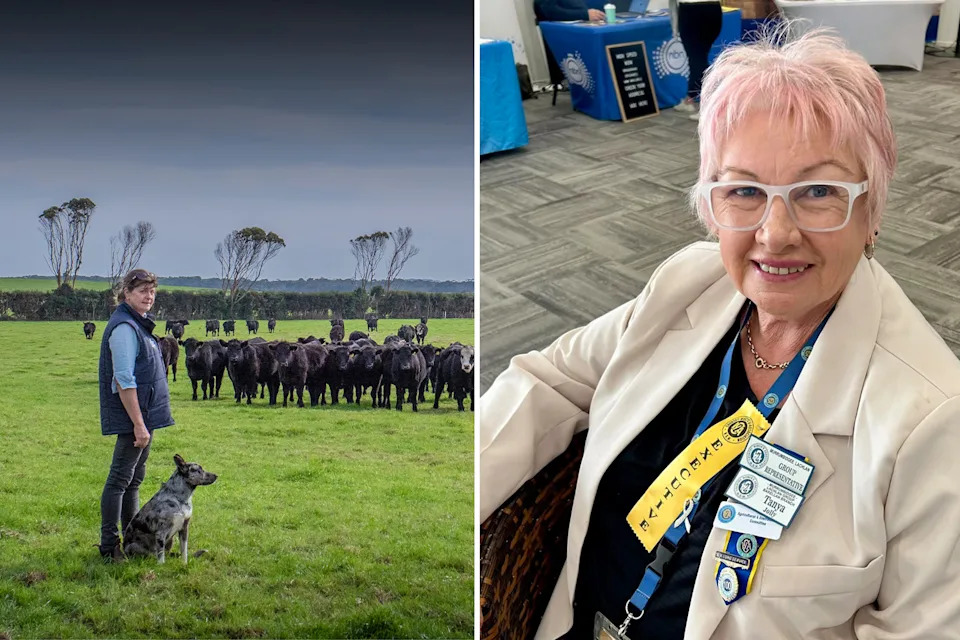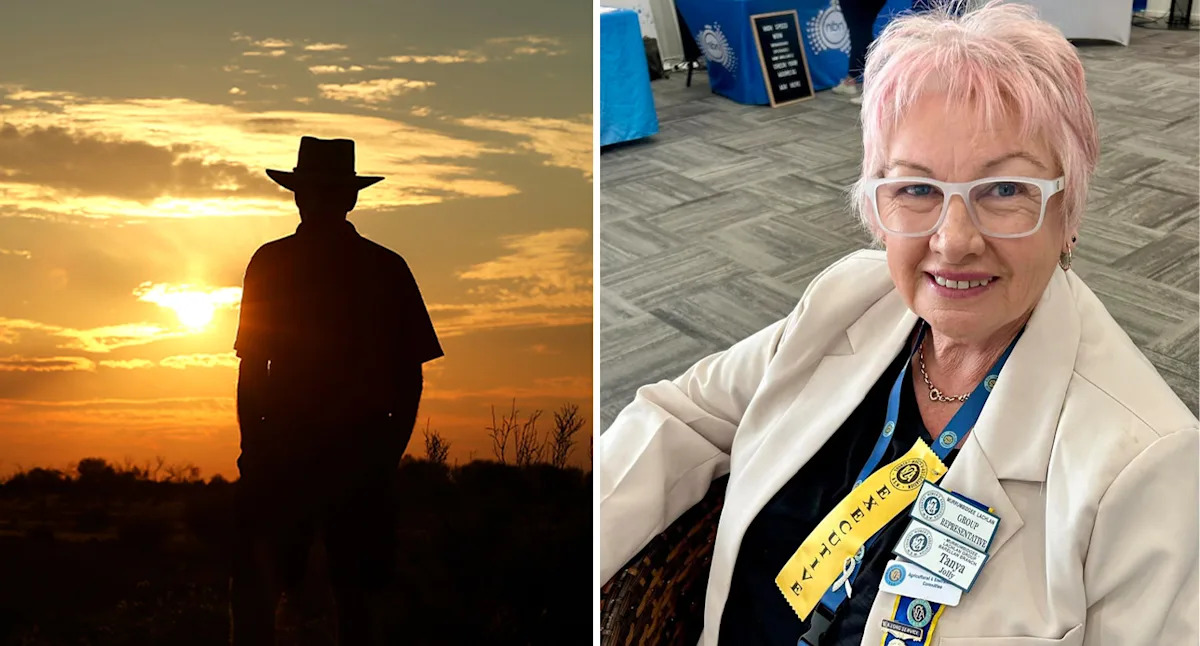For millions of Australians across the country’s southeastern states, daylight saving time is just a few days away. It brings longer daylight hours, meaning there’s extra time to soak up the sun before settling in for the evening.
While the switch does not occur nationwide — Western Australia, the Northern Territory and Queensland do not observe daylight saving time (DST) — it does remain a consistent point of contention in the states that do participate. Advocates say the longer daylight hours are synonymous with the Australian summer, and for many, particularly those who work indoors, it’s a chance to get more out of the day.
However, opponents argue the extended daylight can disrupt sleep patterns, increase fatigue, and pose particular challenges for children, farmers, and those living in rural or border regions where time differences can complicate daily routines.
When does daylight savings begin?
In NSW, Victoria, South Australia, Tasmania, and the ACT, clocks will roll forward at 2am on Sunday, October 5, jumping to 3am. It will end in April 2026, when clocks are turned back one hour, returning to standard time.

Australian farmers, including Country Women’s Association NSW president Tanya Jolly, are calling for reduced daylight saving hours. Source: Getty
Calls for major daylight saving change impacting regional families
Tanya Jolly is the president of the Country Women’s Association of New South Wales. She explained to Yahoo that the CWA’s main concern with daylight saving is its length.
While Tanya acknowledged that “we all love daylight savings” and that there’s “nothing nicer than being out in the sun in the evenings,” she argued that six months is simply too long.
She highlighted the particular impact on rural and regional communities, noting that children in these areas often travel long distances to school. “They’re on a bus for an hour and a half in the dark,” she said. For farmers and others who start work early, the extended hours also disrupt daily routines. “A lot of them, if they start at sunrise, then they’re out there all day in the sun,” she explained.
NSW Farmers President Xavier Martin agrees with Tanya’s sentiment. He said shortening the daylight savings period, but not ending it completely, “would make a real difference for our rural communities around the state”.
Related: Daylight savings begins for millions of Aussies as clocks set to change this weekend
“During the March daylight savings period, farmers are forced to work for longer periods in the dark, while rural children are returning home on long bus rides in the hottest part of the day,” he said.
Tanya also raised health concerns. She pointed to evidence suggesting increased fatigue and short-term spikes in workplace injuries and heart attacks. “There’s actually been some medical evidence about short-term spikes in heart attacks or workplace injuries because of fatigue,” she said, adding that while these aren’t directly caused by daylight saving, “the figures prove it… risks go up in… daylight saving.”
“I just think it’s time. There are heaps of opinions out there, but that’s the one we’re taking a stand on, and that’s what we will be lobbying on,” Tanya said.
In terms of solutions, Tanya and the CWA support a reduction of daylight saving to four months, running from early October to early February. “It would be that we bring it back in line and have it for the four months… just over the summer,” she said. The organisation also supports a government-led review to ensure both urban and rural voices are heard.
What do advocates say?
On the other side of the argument, research has pointed to several benefits of daylight saving. Studies suggest that longer daylight hours encourage greater physical activity, particularly among children, who are more likely to spend time outdoors after school.
Academics have also linked extended evening light to improved mood and social wellbeing, with some surveys showing that many Australians associate daylight saving with a happier, more active lifestyle.
Some economists have further argued that aligning daylight hours with people’s waking lives can bring productivity and business benefits, especially by easing cross-state coordination and giving workers more usable daylight after hours.
Why was DST first introduced, and how long does it last?
DST was first introduced in Australia during World War I, as a measure to conserve energy, and was later reintroduced during World War II. After the wars, it was adopted permanently in the southeastern states— NSW, Victoria, South Australia, Tasmania, and the Australian Capital Territory—while Queensland, the Northern Territory, and Western Australia do not observe DST. Typically, DST begins in spring and ends in autumn, providing longer daylight hours in the evening during the summer months.
Do you have a story tip? Email: newsroomau@yahoonews.com.
You can also follow us on Facebook, Instagram, TikTok, Twitter and YouTube.


